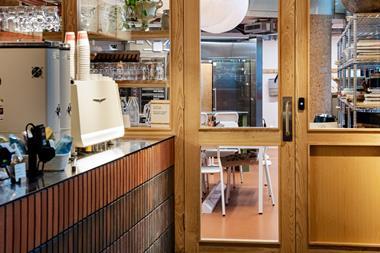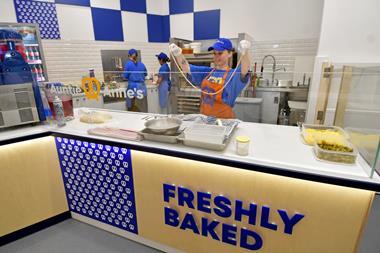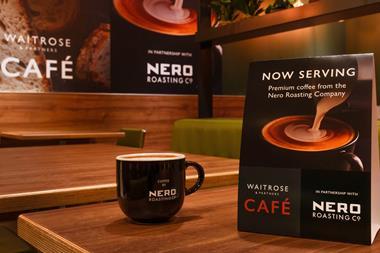An increasing number of supermarket retailers and food manufacturers are adopting the traffic light labelling format on food packaging.
It comes as discount supermarket retailer Aldi has announced that it will be using traffic light colour-coding labelling on its food packaging.
The firm said the colour-coding is to make it “as easy as possible” for customers to lead a healthy lifestyle.
The traffic light format gives customers an indication of the levels of salt, fats and, in some cases, calories, are for consumers, with green highlighting low levels, amber for average amounts and red signifying higher levels.
Product-testing firm Which? has been campaigning for UK retailers to use one labelling format to avoid confusion amongst consumers.
Richard Lloyd, executive director of Which?, said: “We now want to see a commitment from Morrisons, Lidl and Iceland, the only supermarkets not using traffic lights, along with the main food manufacturers.”
Tesco announced last month that it would be implementing a hybrid labelling system by combining traffic light colour-coding and Guideline Daily Amounts (GDA), which indicates the percentage of salt, fat and calories in a product in relation to their recommended daily allowance.
This was as a result of commissioned market research in collaboration with consulting firm Penn Schoen Berland, which revealed that shoppers favoured the GDA system, but would use the colour-coding of the traffic light format for simple at-a-glance guidance.
Justin King, chief executive of Sainsbury’s, responded to Tesco’s announcement with a statement published on its corporate website, which said: “So news this week that Tesco has finally recognised the overwhelming benefits to consumers of traffic light labelling is to be welcomed. It may seem a small detail to some, but the more widespread adoption of front-of-pack labelling using both GDAs and multiple traffic lights will make it easier for all our customers to make healthier choices.
“Sainsbury’s was the first retailer to introduce front-of-pack labelling, combining GDAs and multiple traffic lights, back in 2005. We now use them on over 9,000 of our own brand products, making us the most extensive adopter of this approach.”
































No comments yet